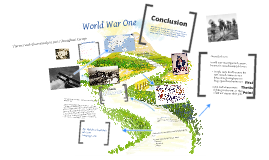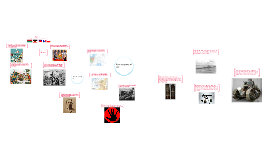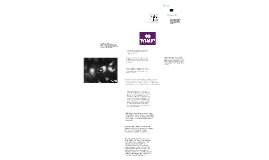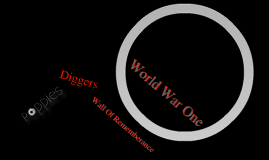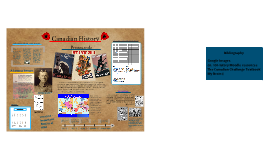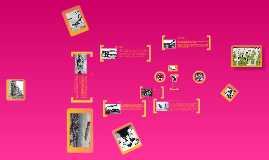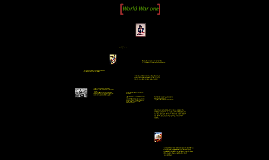World War One
Transcript: World War One Understanding Alliances the Triple Alliance, formed in 1882 (Germany, Italy and Austria-Hungary) and the Triple Entente, formed in 1907 (Britain, France, and Russia) The countries in each of these groups had promised to help each other if they were attacked. Each country had a lot of weapons, and they all had reasons not to trust each other. So what triggered the war? Remember Austria-Hungary? Austria-Hungary sent an official (Archduke Franz Ferdinand) to Serbia as a visiting dignitary. While the archduke was there, he was assassinated. Austria-Hungary demanded that Serbia (the country where the assassination took place) hand over the assassins. Austria-Hungary was trying to "usurp" (overwhelm) the authority of Serbia and its sovereignty (ability to govern itself). Serbia was NOT going to let that happen! One Thing Led to Another... So then, we have the following remarkable sequence of events that led inexorably to the 'Great War' - a name that had been touted even before the coming of the conflict. •Austria-Hungary, unsatisfied with Serbia's response to her ultimatum declared war on Serbia on 28 July 1914. •Russia, bound by treaty to Serbia, announced mobilization of its vast army in her defense, a slow process that would take around six weeks to complete. •Germany, allied to Austria-Hungary by treaty, viewed the Russian mobilization as an act of war against Austria-Hungary and declared war on Russia on 1 August. •France, bound by treaty to Russia, found itself at war against Germany and, by extension, on Austria-Hungary following a German declaration on 3 August. Germany was swift in invading neutral Belgium so as to reach Paris by the shortest possible route. •Britain, allied to France by a more loosely worded treaty which placed a "moral obligation" upon her to defend France, declared war against Germany on 4 August. Britain's reason for entering the conflict lay in another direction: she was obligated to defend neutral Belgium by the terms of a 75-year old treaty. With Germany's invasion of Belgium on 4 August, and the Belgian King's appeal to Britain for assistance, Britain committed herself to Belgium's defense later that day. Like France, she was by extension also at war with Austria-Hungary. •With Britain's entry into the war, her colonies and dominions abroad variously offered military and financial assistance, and included Australia, Canada, India, New Zealand and the Union of South Africa. •Japan, honoring a military agreement with Britain, declared war on Germany on 23 August 1914. Two days later Austria-Hungary responded by declaring war on Japan. •Italy, although allied to both Germany and Austria-Hungary, was able to avoid entering the fray by citing a clause enabling it to evade its obligations to both. In short, Italy was committed to defend Germany and Austria-Hungary only in the event of a 'defensive' war; arguing that their actions were 'offensive' she declared instead a policy of neutrality. The following year, in May 1915, she finally joined the conflict by siding with the Allies against her two former allies. (www.firstworldwar.com) What about the United States' involvement in WWI? •United States President Woodrow Wilson declared a U.S. policy of absolute neutrality, an official stance that would last until 1917 when Germany's policy of unrestricted submarine warfare forced the U.S. to finally enter the war on 6 April 1917. In 1914, the six most powerful European countries were divided into two groups






